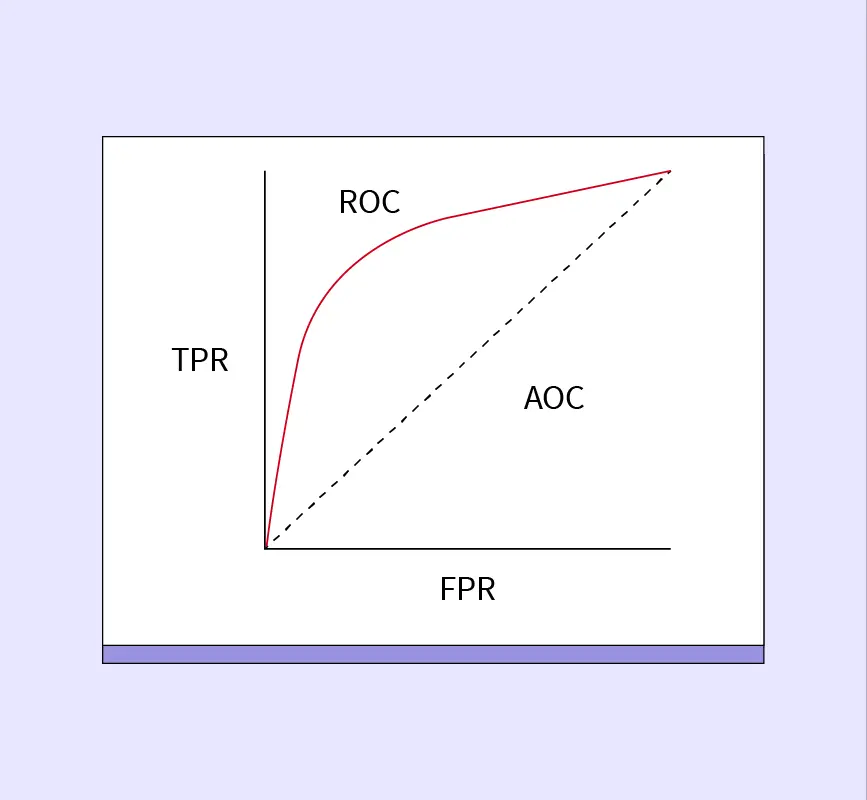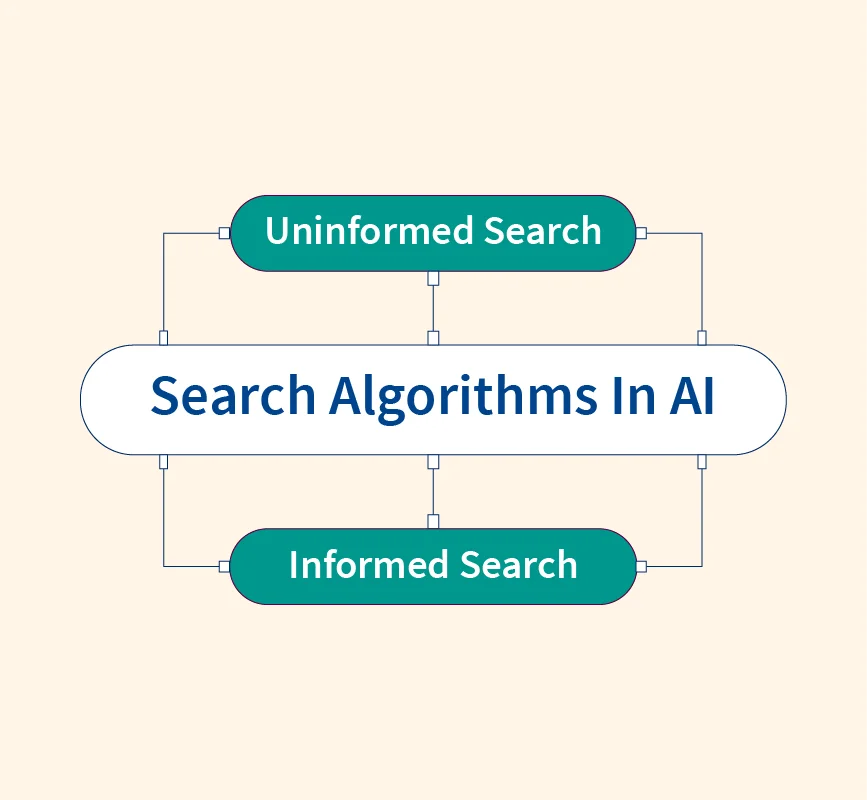Machine learning (ML) is transforming industries by enabling data-driven decision-making, automation, and predictive analytics. With numerous algorithms available, selecting the right one for a given problem is critical for model accuracy and efficiency.
This cheat sheet provides a quick overview of key ML algorithms, helping both beginners and professionals understand their applications, strengths, and limitations. By categorizing ML models into supervised, unsupervised, reinforcement, and semi-supervised learning, this guide simplifies the decision-making process.
Whether you are working on classification, regression, clustering, or optimization problems, this cheat sheet serves as a handy reference to accelerate machine learning adoption and model selection.
Types of Machine Learning Algorithms
Machine learning algorithms are classified into four types based on how they learn from data. Understanding these categories helps in selecting the right model for different tasks:
1. Supervised Learning Algorithms
Supervised learning algorithms are used when data has labeled outputs and are commonly applied in classification and regression tasks. Below is a structured comparison of key supervised learning algorithms:
| Algorithm | Type | Description | Common Applications |
| Linear Regression | Regression | Models a linear relationship between input variables and a continuous target variable. | House price prediction, stock market forecasting |
| Logistic Regression | Classification | Estimates probabilities to classify data into binary categories. | Spam detection, medical diagnosis (disease prediction) |
| Decision Trees | Classification & Regression | Splits data into hierarchical decision rules to make predictions. | Credit scoring, risk assessment |
| Random Forest | Classification & Regression | An ensemble of multiple decision trees, reducing overfitting and improving accuracy. | Fraud detection, customer churn prediction |
| Gradient Boosting Machines (GBM) | Classification & Regression | Uses weak learners (decision trees) iteratively to improve model performance. | Competitions (XGBoost, LightGBM), finance, healthcare |
| Support Vector Machines (SVM) | Classification | Finds an optimal hyperplane to classify data points. Supports both linear and non-linear classification. | Text classification, image recognition, bioinformatics |
| Neural Networks (Deep Learning) | Classification & Regression | Multi-layered networks that learn complex patterns in data. | Facial recognition (CNNs), speech recognition (RNNs), self-driving cars |
2. Unsupervised Learning Algorithms
Unsupervised learning algorithms are used when data lacks predefined labels, allowing models to discover patterns, relationships, and structures in datasets. Below is a comparison of key unsupervised learning algorithms:
| Algorithm | Type | Description | Common Applications |
| K-Means Clustering | Clustering | Divides data into K distinct groups by minimizing intra-cluster variance. | Customer segmentation, anomaly detection, market segmentation |
| Hierarchical Clustering | Clustering | Creates a tree-like hierarchy of clusters, allowing dynamic grouping without a fixed K value. | Gene expression analysis, document classification |
| Apriori Algorithm | Association Rule Learning | Finds frequent itemsets in transactional datasets to identify patterns. | Market basket analysis, recommendation systems |
| Eclat Algorithm | Association Rule Learning | A faster alternative to Apriori, using depth-first search for pattern mining. | Retail analytics, web usage mining |
3. Reinforcement Learning Algorithms
Reinforcement learning (RL) is a type of machine learning where an agent learns by interacting with an environment, receiving rewards for good actions and penalties for bad actions. Below is a comparison of key reinforcement learning algorithms:
| Algorithm | Description | Common Applications |
| Q-Learning | A model-free RL algorithm that learns an optimal action policy by maximizing cumulative rewards. | Game AI, robot navigation, dynamic pricing |
| Deep Q-Networks (DQN) | Combines deep learning with Q-learning, using neural networks to approximate Q-values. | Self-driving cars, autonomous trading, robotics |
| Policy Gradient Methods | Directly optimize policy functions instead of value functions, making them more effective for complex decision-making tasks. | Robotics control, real-time strategy games, healthcare treatment planning |
4. Semi-Supervised Learning Algorithms
Semi-supervised learning combines a small set of labeled data with a large amount of unlabeled data to improve model performance. It is useful when labeling data is expensive or time-consuming, but large amounts of raw data are available.
Self-training is a technique where a model is first trained on labeled data and then predicts labels for unlabeled data. These new predictions are added to the training set iteratively, helping improve accuracy.
Label propagation assigns labels to unlabeled data by leveraging similarities between data points. This method is commonly used in speech recognition, fraud detection, and medical diagnosis, where labeled data is limited.
Conclusion
Machine learning algorithms can be broadly categorized into supervised, unsupervised, reinforcement, and semi-supervised learning, each serving distinct purposes in data-driven problem-solving. Selecting the right algorithm depends on data availability, task complexity, and desired outcomes.
Understanding the strengths and limitations of different models is essential for building efficient, accurate, and scalable AI solutions. Whether applying classification, clustering, reinforcement learning, or hybrid approaches, choosing the right technique impacts model performance significantly.
As machine learning continues to evolve, practitioners are encouraged to explore advanced topics such as deep learning, transfer learning, and AutoML to further enhance AI applications.
References:


